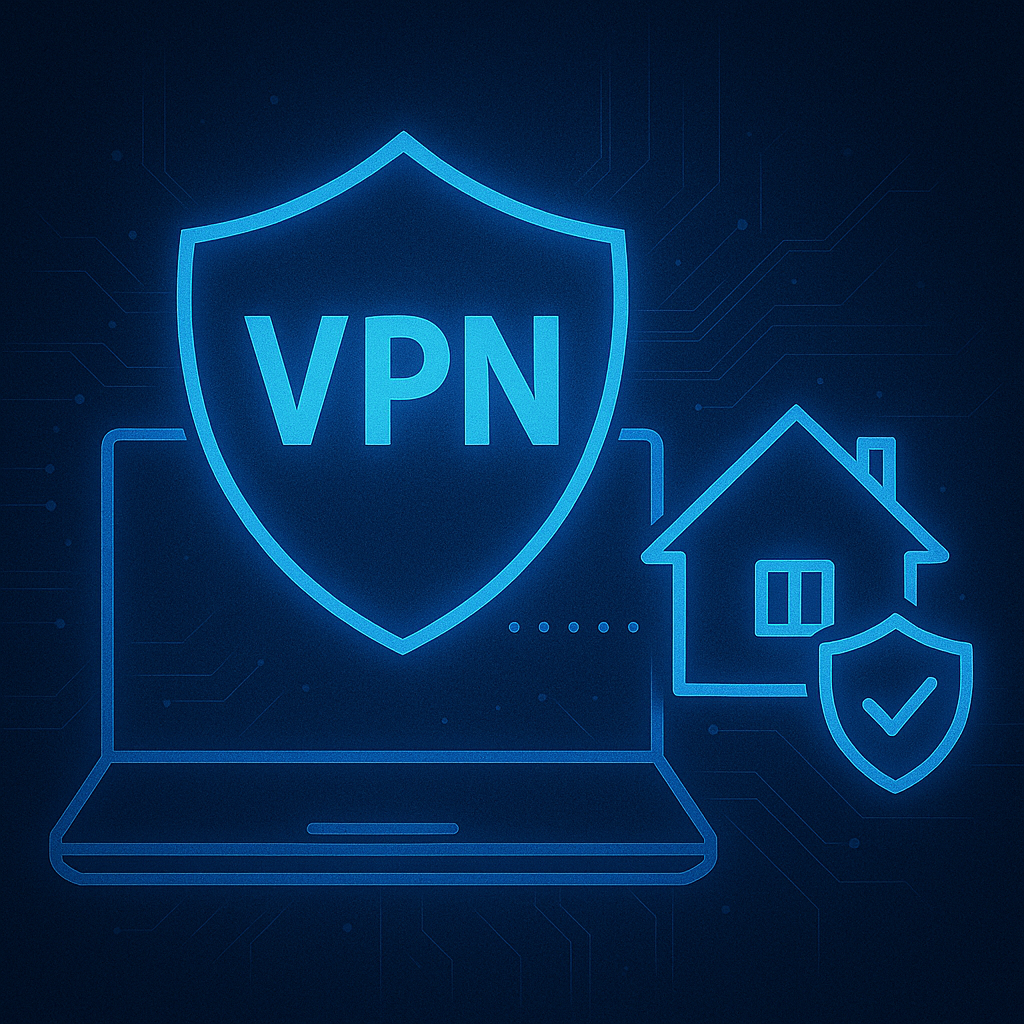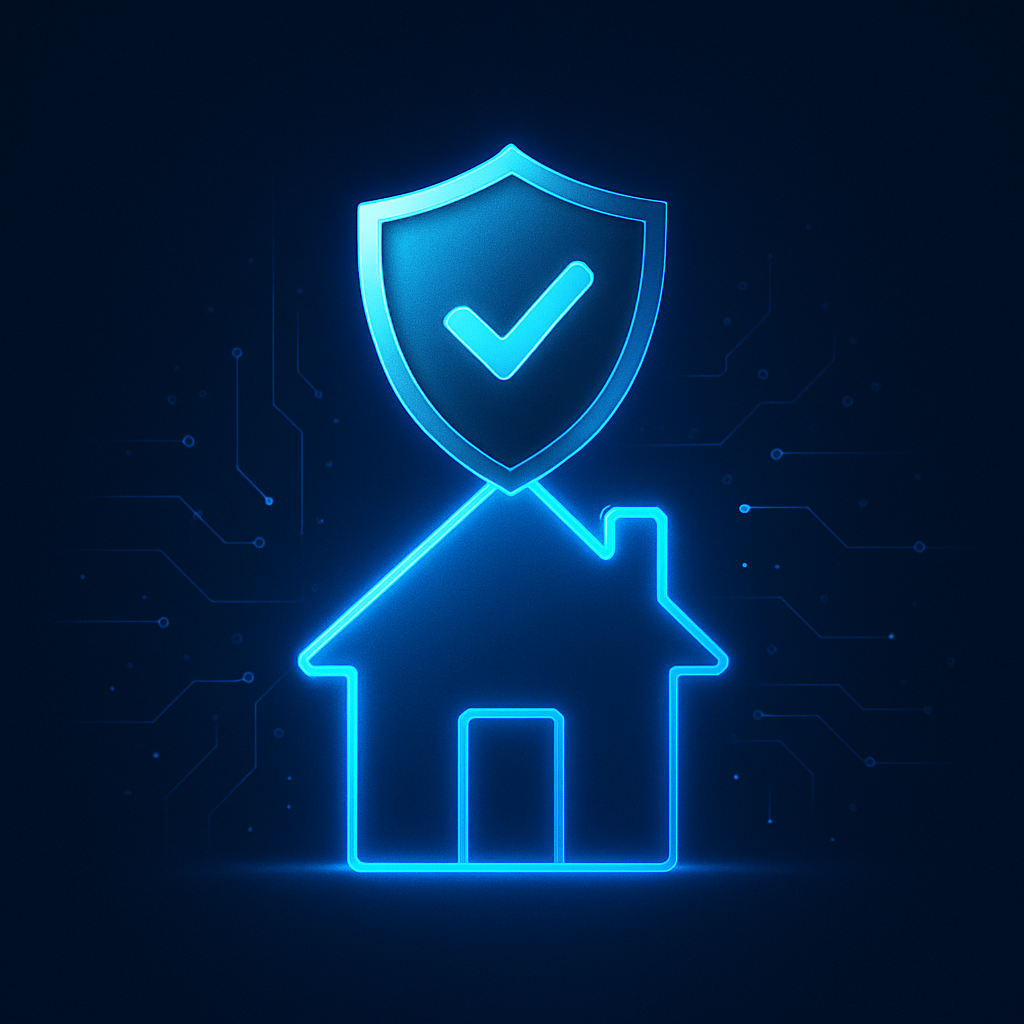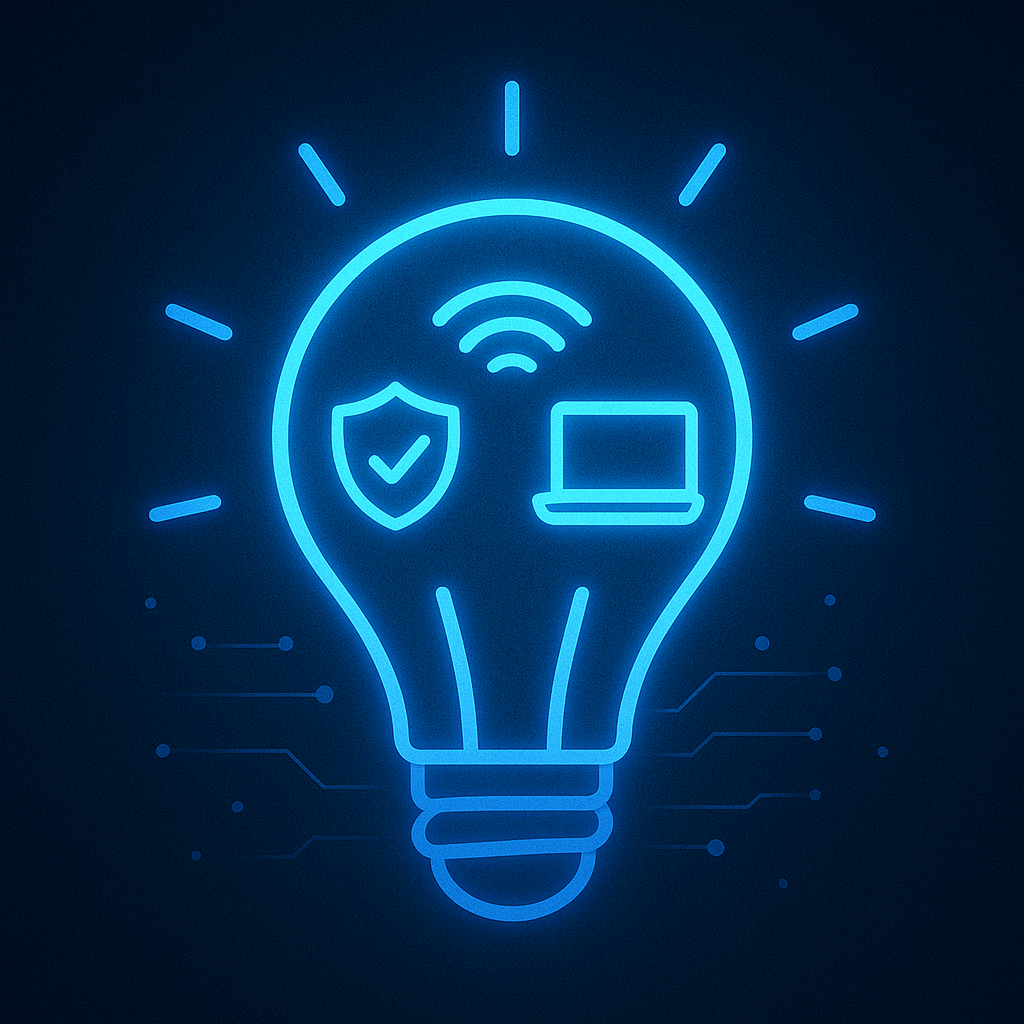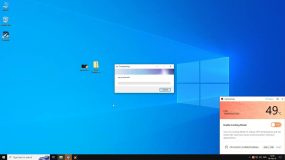Introduction
A VPN creates a secure tunnel between your device and the internet, hiding your IP and encrypting traffic. It’s a quick way to increase the level of online privacy, protect family devices, and access geographically blocked content. This is your simple guide on how to set up a VPN at home and get started.

VPN for Beginners: Benefits of Using a VPN at Home
Privacy & security
When you use a VPN, your web traffic is encrypted, which makes it nearly impossible for snoops, internet service providers (ISPs), and attackers to read. That’s especially useful when you connect via public Wi-Fi, but it also helps at home—with a VPN, you can expect less data leakage, fewer targeted ads, and better overall privacy. In short, using a VPN means fewer eyes on your browsing.
💡Quick Tip
For a more detailed look at how VPNs protect your privacy, see our article: VPN Privacy: Are You Really Anonymous?
Protecting family devices/home network
A VPN for home network setups can protect phones, laptops, tablets, and smart devices all at once. If you configure VPN apps on each device, every device gets that encrypted tunnel. But if you learn how to set up the VPN on the router (more on this below), the whole home network benefits without installing apps on every gadget—that’s especially handy for smart TVs and consoles that may not have separate apps available.
Accessing geo-restricted content
Want to watch a show that’s available only in another country? A VPN can help by routing your connection through servers in that country. It’s not magic—some streaming services block VPNs—but for many users it’s an easy way to access more content while keeping traffic private.
VPN Setup Guide: Easy Ways to Set Up a VPN at Home
Install on a PC or mobile
This is the easiest method for most people—it requires just a few simple steps: choose a reputable provider, download their app, sign in, and tap connect.
Most apps let you pick server location and protocol with dropdowns. On Windows or macOS, the installer walks you through setup; on iPhone or Android, the app installs automatically via the App Store/Google Play.
How to set up a VPN on iPhone:
- Install the VPN app from the App Store.
- Allow the VPN profile when prompted.
- Sign in and connect.

How to set up a VPN on Android:
- Install from Google Play.
- Grant the required permissions.
- Sign in and connect.
VPN installation on computers:
- Download the client from the provider’s site.
- Run the installer, then sign in and connect.
This method is a perfect way to learn how to use a VPN for beginners and should be sufficient if you only need protection on a few devices.
Configure on your router
If you want to route a VPN to home network devices without installing apps on each of them, set up the VPN on your router. This is a bit more advanced but worth it for full-network protection.
- Check your router’s firmware: not all routers support VPN clients. Look for OpenVPN or WireGuard support.
- If your router doesn’t support it, consider installing third-party firmware (like DD-WRT or OpenWrt) only if you’re comfortable and the router supports it.
- Follow the provider’s VPN setup guide—most of them publish step-by-step instructions on how to VPN into a home network for popular router models.
🌐 PRO TIP: Configure the router for devices you can’t install apps on (smart TVs, consoles). You can also run split tunneling on some routers to keep local devices on the normal connection while routing others through the VPN.
Connect to your home network (remote access/VPN server)
To access files or devices at home while you’re away, you need to learn how to set up a VPN server on your home network. Here, you basically have two options:
- Option 1: Many modern routers have a built-in VPN server feature—check the manual to see if yours supports it.
- Option 2: Run VPN server software on a spare PC, network-attached storage (NAS), or Raspberry Pi.
Once set up, use the provider app or a client on your phone or laptop to connect back to your home network.
This method is slightly more technical but great if you often need to access printers, personal servers, or home media remotely.
Quick Tips for Beginners

Choose a reliable provider
Thoroughly check privacy policies, look for no-log claims, and prioritize apps that offer good speed. A provider should have an easy app and offer helpful VPN setup guides (including router instructions) and responsive support. Free VPNs can be tempting but can sell user data, limit speed, keep logs, or show ads—paid plans are usually safer and faster.
Use strong passwords
Treat the VPN login like any other important account: use unique, strong passwords, and always enable two-factor authentication when available.
Keep apps updated
Don’t miss out on VPN client, router firmware, and device OS updates, as they can patch security bugs and improve speed and compatibility.
Conclusion
As you can see, learning how to set up a VPN at home is simpler than it may sound. Whether you install an app on your phone, configure your router, or create a VPN server to access your home network remotely, it only takes a few easy steps. So try it today and enjoy a more private and secure online experience.
FAQs
Do I need a VPN at home?
If you value extra privacy, want to secure family devices, or access content from other regions, a VPN is a simple, useful layer of protection.
How do I set up a VPN at home?
Pick a reputable provider, install their app on devices or follow their router guide, or set up a home VPN server, then connect and test. Basic setup usually takes only a few minutes.
How to set up a VPN on a router?
Check your router for OpenVPN/WireGuard support, or follow your provider’s VPN setup guide. Routers protect every device without individual apps—really useful for a home network.
How do I set up a VPN on iPhone or Android?
Install the provider’s app from the App Store or Google Play, allow the VPN profile/permissions, sign in, and tap connect—most apps handle the details automatically.
How do I VPN into my home network?
To route a VPN to your home network devices, use your router’s built-in VPN server or run OpenVPN/WireGuard on a home device. Then connect remotely to access files, printers, or media securely.





